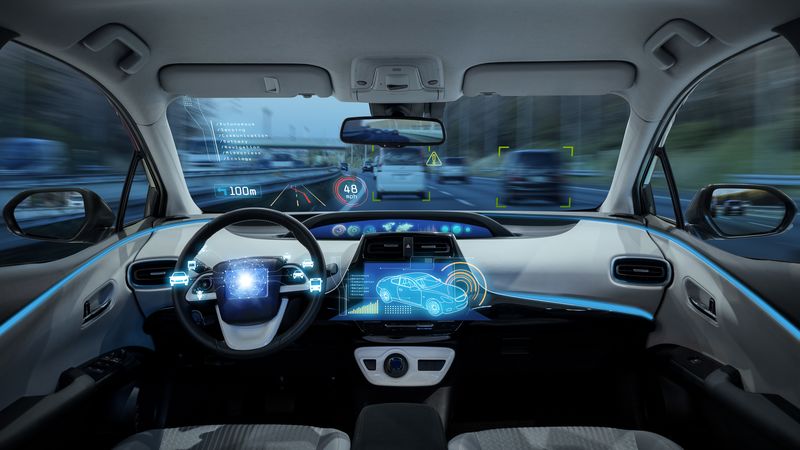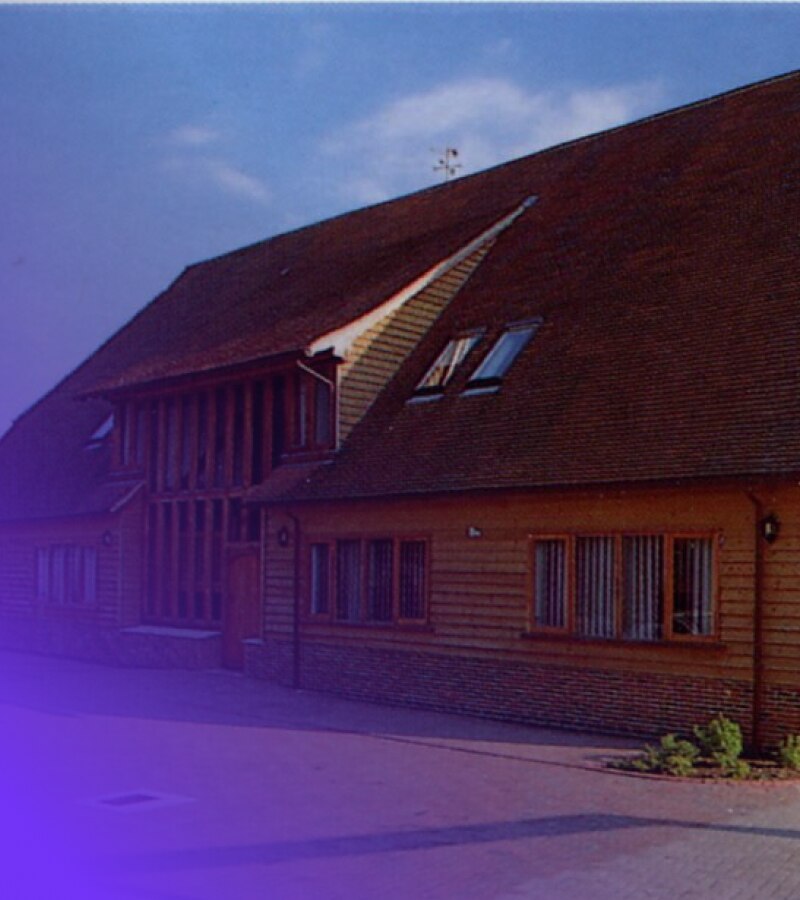Automotive Safety Hypervisor Announced for ARM Cortex-R52

OpenSynergy paves way for next-generation autonomous devices with virtualization for ARM’s most advanced real-time processor
OpenSynergy is developing the industry’s first software hypervisor for the ARM® Cortex®-R52 processor, ARM’s most advanced real-time safety processor. The hypervisor turns any chip based on the Cortex-R52 into several virtual machines capable of simultaneously executing separate software tasks. To address increasing software complexity in devices such as autonomous vehicles and industrial control systems, this approach allows for the isolation of safety-critical functions from those that require less stringent control. In addition, it enables the consolidation of applications onto fewer electronic control units (ECUs) to both manage complexity and reduce cost.
“Mass-market autonomous vehicles will be engineered with greatly enhanced ECU compute capabilities and the ability to safely manage far more complex software stacks,” said Richard York, vice president of embedded marketing, ARM. “The Cortex-R52 was purpose-built for this task, with hypervisor-enabled software separation protecting critical safety features while ensuring fast task execution. This will enable highly performant vehicles that can be fully trusted to take over from the driver.”
“The ARM Cortex-R52 processor will bring virtualization technology to a much wider set of devices in the automotive market,” said Stefaan Sonck Thiebaut, CEO, OpenSynergy. “In doing so, we look forward to enabling the next generation of vehicle architecture.”
The Cortex-R52 introduces hardware support for virtualization to the Cortex-R family of processors while maintaining all the functionality required for hard real-time systems. The ability to maintain deterministic execution within a hypervisor provides an ideal solution to the challenge of concurrent real-time systems in a wide array of robotic applications.
OpenSynergy’s software architecture targets microcontrollers such as domain controllers. The hypervisor technology enables several real-time operating systems and AUTOSAR systems at different ASIL levels to run in parallel on the Cortex-R52.
About OpenSynergy
OpenSynergy is a high-tech company specializing in embedded automotive software for in-car cockpit solutions. The core products are the modular software development kit COQOS SDK and the leading Bluetooth™ stack Blue SDK.
Our products enable the convergence of instrument cluster, head unit, driver assistance and connectivity systems. Essential technologies are virtualization and Open Source software. Our solutions comply with requirements of standards like AUTOSAR and Bluetooth™. By doing, so we pave the way for autonomous driving.
OpenSynergy is an independently managed company headquartered in Berlin with further locations in Munich and the U.S. We continue to grow through the strong demand for our products. Our company’s team consists primarily of highly qualified engineers. Our corporate culture is inspired by the international character that defines our employees, partners and customers.
Read more on www.opensynergy.com
Any re-use permitted for informational and non-commercial or personal use only.











